How can you get a speed cushion in your neighbourhood?
A speed cushion is one of the most important components of traffic-calming infrastructure. It falls into the vertical deflection category.
A traffic control plan utilizes speed cushions when emergency vehicles such as fire trucks must constantly use the roadway. They lower the traffic speed enough to let them pass without much discomfort.
In the process, the crashes’ severity is reduced, hence the number of fatalities. But municipalities don’t just use them on carriageways that form the route of the emergency-response teams nearby.
Any road with an influx of heavy traffic will have them. Every traffic engineer must know everything about speed cushions to calm traffic volume efficiently.
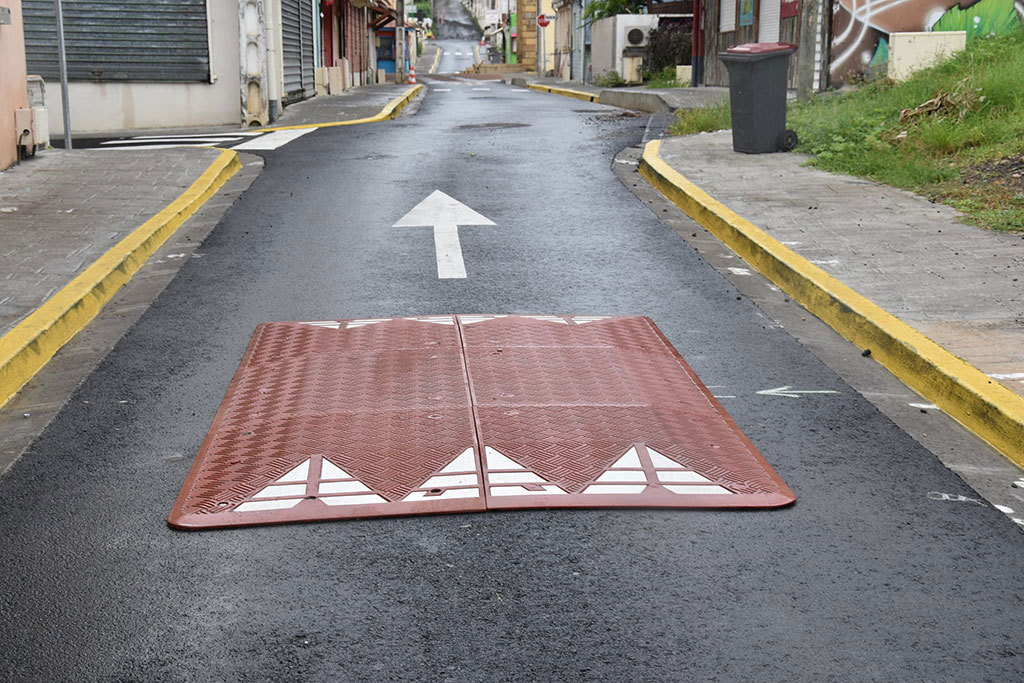
Who is responsible for traffic calming?
It is important for one to know about the legalities and rules in their area. Even in the UK, there are places where there is a lack of pedestrian safety.
This calls for more intelligent transportation systems to be implemented. This means reaching out to the concerned department of transportation. There are traffic management departments that are organized by region.
Many a time, special committees are formed to fix issues related to road traffic safety. These work by analysing the traffic data they receive and traffic engineers are then asked to implement the traffic calming measures needed.
One can expect changes in their area if the concerned departments deem them necessary.
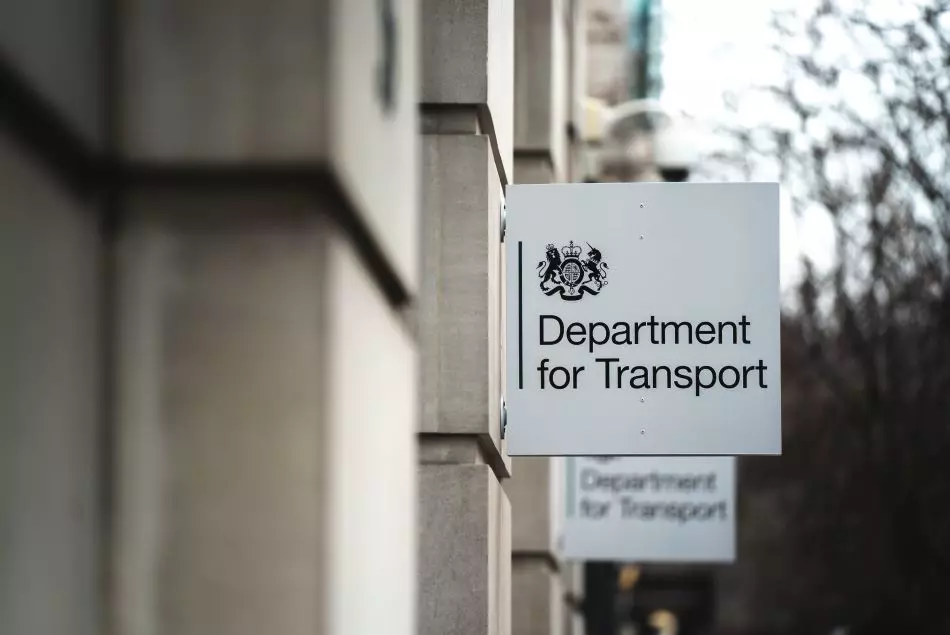
How can I get traffic calming measures?
For one to request traffic calming measures, several procedures must be followed. This includes writing an application to the concerned traffic control division.
When the application has been received by the transportation department, they will assess it based on several terms.
For an application to be accepted, the area in question must have the following:
- An unusual number of collisions over the past three years.
- A high average speed of the oncoming traffic.
- And a large traffic volume at most times.
Something that can definitely help one’s case is if there are any important areas nearby. These include areas of interest for children, such as schools and playgrounds.
They also include commercially oriented places such as shops and other businesses. Applications are given points, and the aforementioned factors can garner more of them for a better chance of approval.
However, there’s also a fair chance that the application may not be approved. This could be for one or more reasons, and the complainant may not get the desired traffic-calming devices they asked for.
Instead, the department could arrange more signs and markings to enforce the speed limits better. But this will only happen if there’s a traffic control problem.
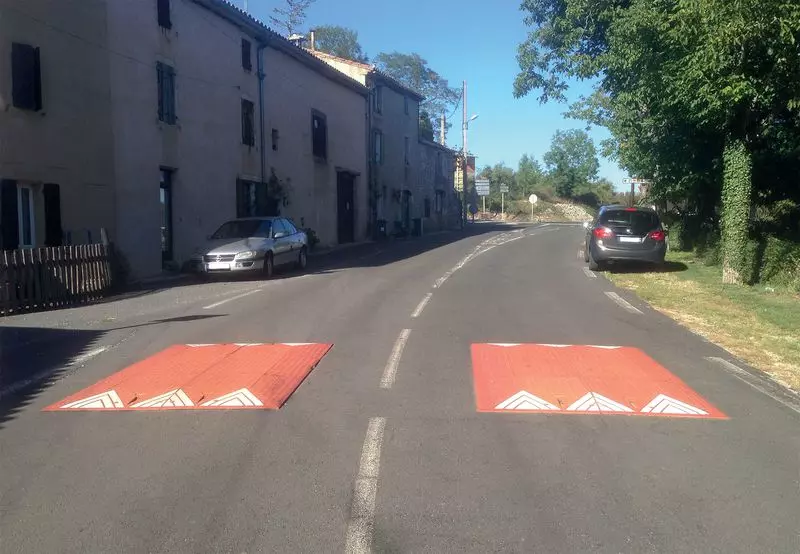
You have already read a good part of this article, 👀
We've
got the impression that you like it. 🙂
👇🏻
IF YOU ARE LOOKING TO WORK DIRECTLY WITH A MANUFACTURER,
FEEL FREE TO CONTACT US. WE ARE VERY HAPPY TO HELP!
How to request traffic calming measures in the UK?
For having measures in an unsafe area, such as an uncontrolled intersection, one must make a formal request. To do so, they must visit the website of their area’s local vehicular traffic committee.
There they will have the option of writing a complaint about the traffic control problem. But the complainant must ensure that they’re supported by their community.
Technically, this means that they should have the support of the local community counsellor. This is the person that must be consulted regarding the issue.
If the community counsellor agrees with the idea, the complainant must prepare a strong application. This online form usually has to be filled with extreme intricacy.
This means that it should have all the details regarding the nature of the traffic problem. The application should be written in a way that should convince the local transportation division to take action.
Construction projects are expensive to design and undertake, so the issue should be one that impacts the whole community.
The department should be convinced that their solution should improve traffic safety. But it also shouldn’t adversely affect the area either. If fixing the traffic flow can bring new business opportunities to the area, it will further strengthen the case.
The solution’s effect on the communities in the nearby areas also matters. One must consider the public right of way while applying.
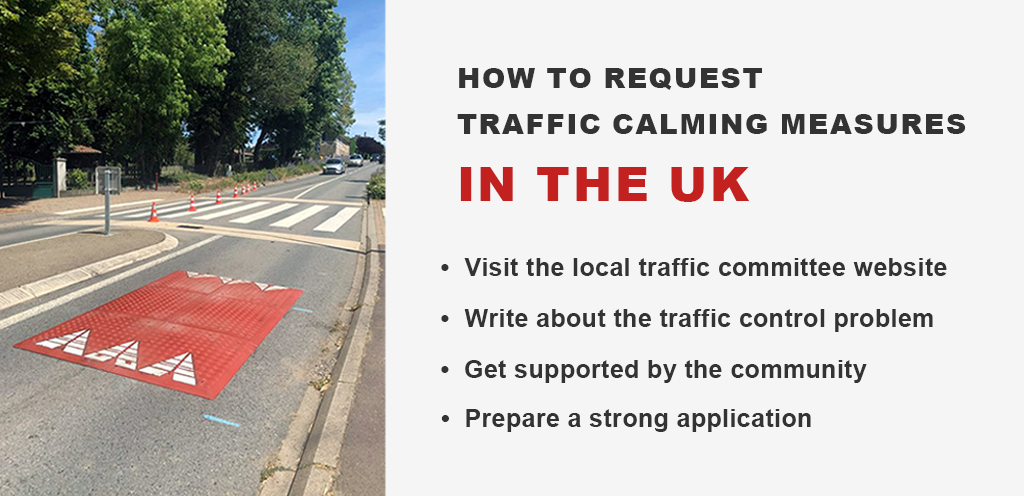
What is the best way to drive over speed cushions?
Speed cushions are preferred by motorists because they’re easier to drive over than speed breakers like speed humps and bumps.
A speed cushion is longer in length and is wider than a speed bump on the road. This is why it doesn’t cause as much discomfort as a hump or any other vertical deflection.
However, studies show that one can damage one’s vehicle by going over asphalt speed cushions. Regularly driving over them can damage the tires’ inner shoulders.
Besides this tire wear, driving quickly over cushions can adversely affect the vehicle’s alignment. This is a common theme with all vertical deflections, but the effects are, to a lesser extent, with speed cushions.
One must focus on driving towards the centre of the cushion to pass over a speed cushion the right way. A motorist should slow down to at least 17 mph (or 27 kph) to effectively cross the cushion.
Despite the cushion’s lesser height than a speed breaker, one should reduce their speed and obey the speed limit sign.
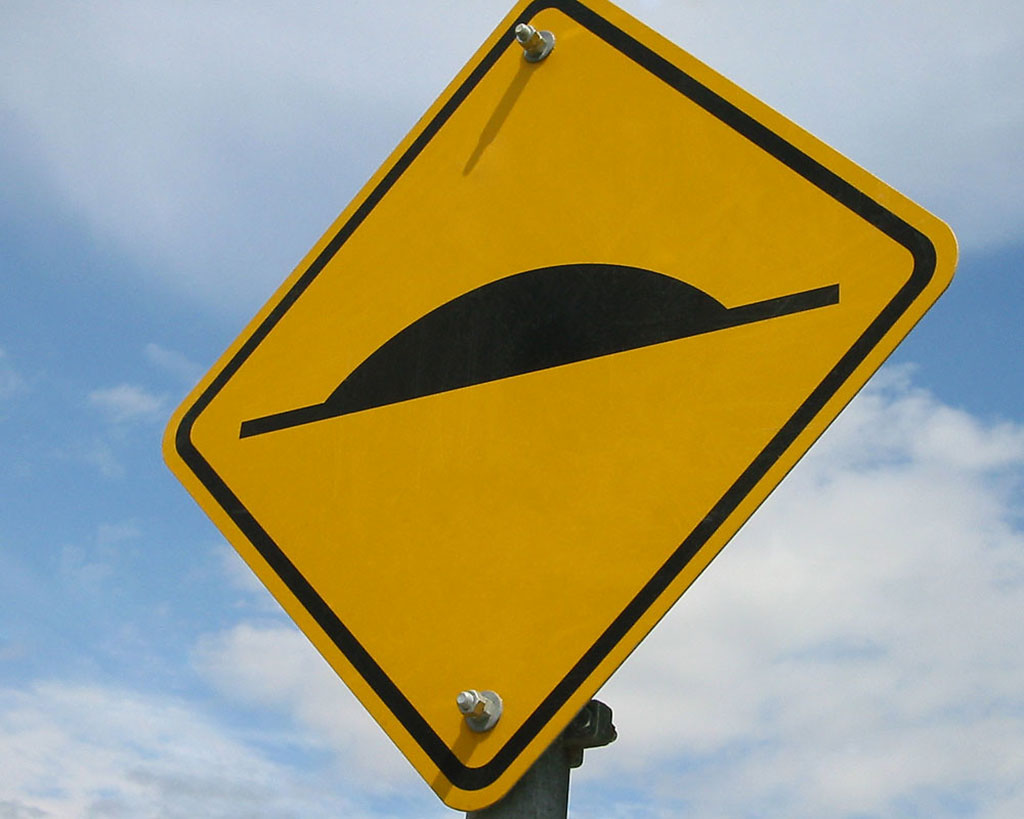
Can you park on a speed cushion?
Oftentimes, one can observe a vehicle being parked on a raised section. In the case of a speed bump, it isn’t recommended. However, vehicles can be parked on speed cushions in the busiest traffic conditions.
While parking on a speed cushion is hazardous and can result in a collision, the legality of the subject is a grey area.
There is a lot of confusion amongst drivers regarding this. But it can be said that parking on a speed cushion is legal. This means that the driver won’t receive any parking tickets or fines. They also won’t have their motor vehicle towed away.
However, this only applies to cushions extending across the carriageway’s width.
There are also speed cushions that are wider than vehicles, but they don’t extend all the way to the curb. A speed cushion like this has been created to let an ambulance pass with ease.
This is why a motorist shouldn’t park on such a speed cushion. Not only is this practice unethical. However, obstructing the way for an emergency vehicle can have serious consequences.
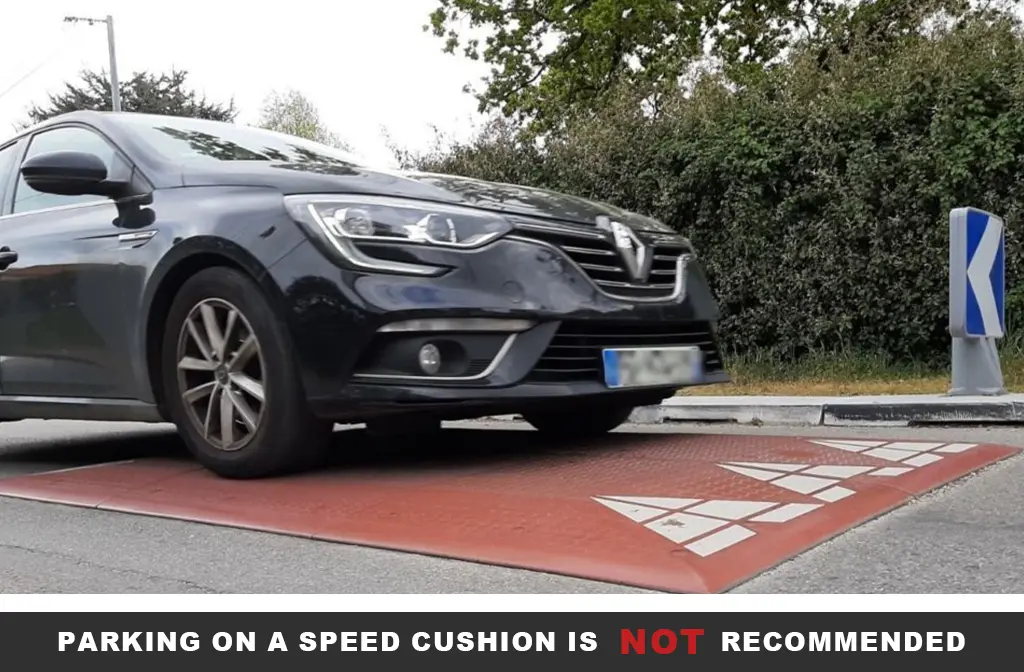
Conclusion
The speed cushion is an effective traffic calming measure. Reports show that it can cause a speed reduction from 20 to 44pc, depending on the roadway.
It is the optimal choice for an area with more heavy traffic than usual. Speed cushions on roadways are also preferred by emergency response teams due to the lack of discomfort.
Despite lowering the traffic count, they also don’t cause as much congestion as other devices. They will also cost less to construct than other vertical deflections.
The speed cushion can be used before crossings and can be used to warn drivers of a school zone nearby. This is why a series of speed cushions is reasonable on a busy street with a traffic speed problem.
Despite their advantages, concrete speed cushions can still be harmful to vehicles. This is when motorists tend to drive quickly over them.
The damage happens over a longer period of time than from the other vertical deflections, though. Users must also be careful to observe if the speed cushion they’re parking isn’t illegal for it.
👇🏻
IF YOU ARE LOOKING TO WORK DIRECTLY WITH A MANUFACTURER,
FEEL FREE TO CONTACT US. WE ARE VERY HAPPY TO HELP!





















